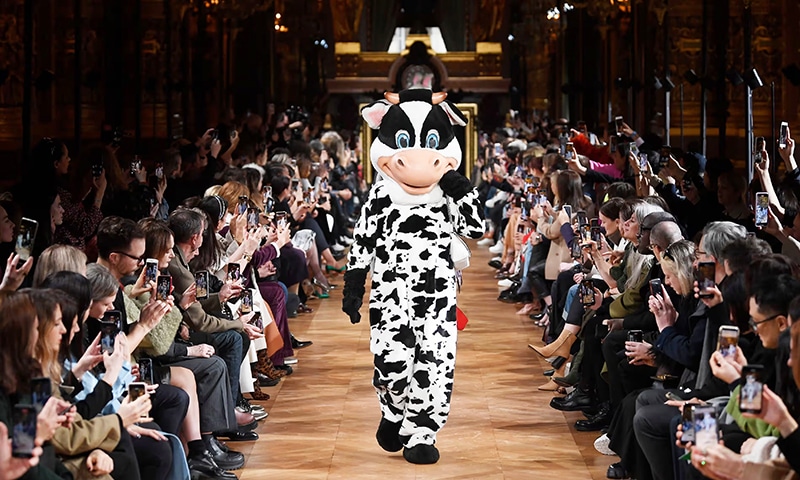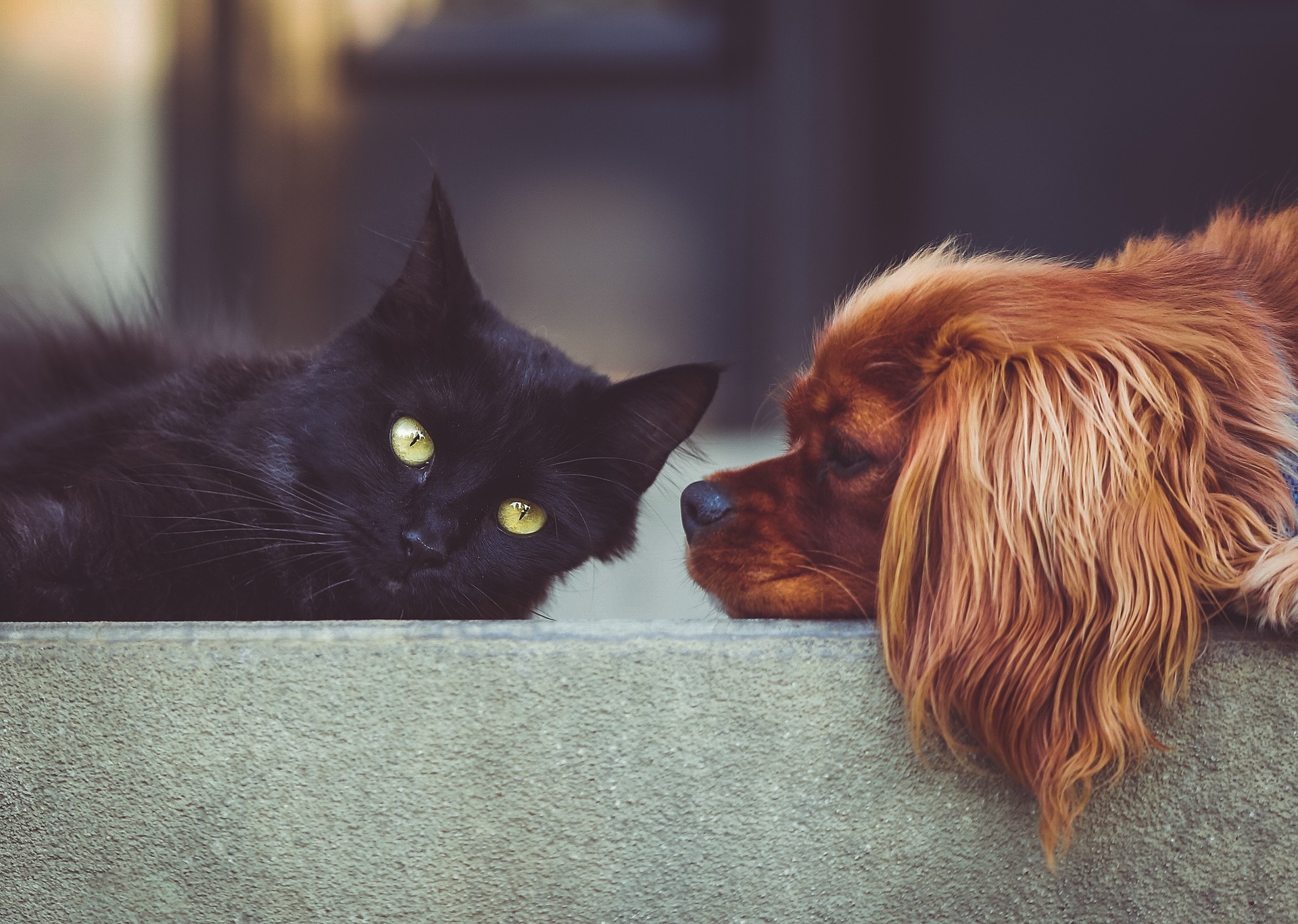Fashion needs stronger storytelling that is more inclusive, relevant and responsible
The fashion industry could not exist without storytelling. Compelling and aspirational stories conveyed through catwalks, campaigns and social media are the stuff that make garments fashionable, fostering a strong desire to be seen wearing them.
Fashion’s stories can spread positive messaging about issues that affect us all. In 2020, Stella McCartney’s Paris show featured models wearing cartoonish animal costumes. This humorous stunt emphasised a serious point about the “planet-friendly” brand’s pledge not to use leather, fur, skins, feathers or animal glues.
But more often, the darker, more unpalatable truth is that fashion’s storytelling drives overconsumption. And it defines unrealistic beauty expectations that exclude many by perpetuating western standards about what is normal and acceptable.
The industry has to do better to effect change, and this can be achieved through stronger, more inclusive and responsible storytelling.
According to recent fashion industry reports, storytelling is becoming more prominent as brands seek to demonstrate their social responsibility by forging deeper relationships with consumers.
Consumers want more meaningful experiences that enable them to explore their identities and connect with others. Fashion is the ideal medium for this, especially during a time of social and political unease. The industry’s global reach means that visual cues and messaging conveyed through clothing campaigns can be easily shared and understood.
The Business of Fashion’s report, The State of Fashion 2024, links the increased importance of storytelling to consumers being “more demanding when it comes to authenticity and relatability”. People want to buy brands that share and support their values.
The consumer group most concerned to align their lifestyle choices and beliefs with the companies that clothe them is Gen-Z – people born between 1996 and 2010 – who “value pursuing their own unique identities and appreciate diversity”.
The increasing prominence of storytelling in fashion is also linked to the industry’s global sway and corresponding social responsibility. Organisations like the UN are increasingly clear that the fashion industry will only help tackle the global challenges emphasised by Covid if it uses its influence to change consumers’ mindsets.
The British Fashion Council’s Fashion Diversity Equality & Inclusion Report, published in January 2024, highlights “fashion’s colossal power to influence, to provide cultural reference and guide social trends”. Similarly, the UN’s Fashion Communication Playbook, published last year, urges the industry to use its “cultural reach, powers of persuasion and educational role to both raise awareness and drive a shift towards a more sustainable and equitable industry”.
To do this, the UN’s report urges storytellers, imagemakers and role models to change the narrative of the fashion industry.
Since the pandemic, there is evidence the fashion industry has begun to change the content and form of the stories it tells, chiefly by putting a human face on current global challenges. Large-scale, entrenched social problems are being explored through real-life stories. This can help people to understand the problems that confront them, and grasp their role in working towards overcoming them.

Nike’s move to zero sneakers
One example is Nike’s Move to Zero campaign, a global sustainability initiative which launched during the pandemic in 2020. Instead of endless statistics and apocalyptic warnings about crisis-point climate emergency, Nike encourages people to “refresh” sports gear with maintenance and repair. Old Nike products that have been recreated by designers are sold through pop-ups. When salvage is not possible, Nike provides ways for people to recycle and donate old products.
By encouraging relatively small changes that align the lifecycle of a product with consumers’ everyday lives, Nike’s campaign challenges the traditional idea of clothes being new, immediate and ultimately disposable by making change aspirational.
While some fashion brands are rethinking the stories they tell, some of fashion’s most powerful and harmful stories are deep-rooted.
Concepts defined during the 18th and 19th centuries – civilisation, anthropology, sexology – still influence how the fashion industry engages with age, gender, race and sex. Its drive for newness and the way it pushes the idea that purchasing expensive brands brings automatic status is also based on traditional western social values that fit poorly with 21st-century perspectives and priorities.
The persistence of centuries-old attitudes is apparent too in Nike’s Move to Zero campaign, however well-intentioned. While the initiative is clearly conceived to influence consumer behaviour in a positive way, it still doesn’t fundamentally address what the fashion industry is and does. But at the very least, it accepts that fashion functions through high consumption and the sense of status that owning and wearing a brand confers.
Effective change will be more likely if we understand how the industry developed into what it is today. This calls for more audacious storytelling that critiques notions of normality, acceptability and inclusivity.
One example is Swedish brand Avavav, which commits itself to “creative freedom driven by humour, entertainment and design evolution”. In February 2024, the brand’s Milan catwalk show concluded with models being pelted with litter. This experimental performance explored prevailing social media stories by calling out online trolls and highlighting the hurt of hate speech, within and beyond the fashion industry.
Naturally, it caused a sensation and was widely covered in the media. A stunt perhaps, but it got people talking and drew attention to designer Beate Karlsson’s message about online hate. Clearly, compelling and innovative storytelling has the power to change minds and behaviour.
is Senior Lecturer in Fashion Narratives, Manchester Metropolitan University. This article is republished from The Conversation under a Creative Commons licence







Click here to change your cookie preferences